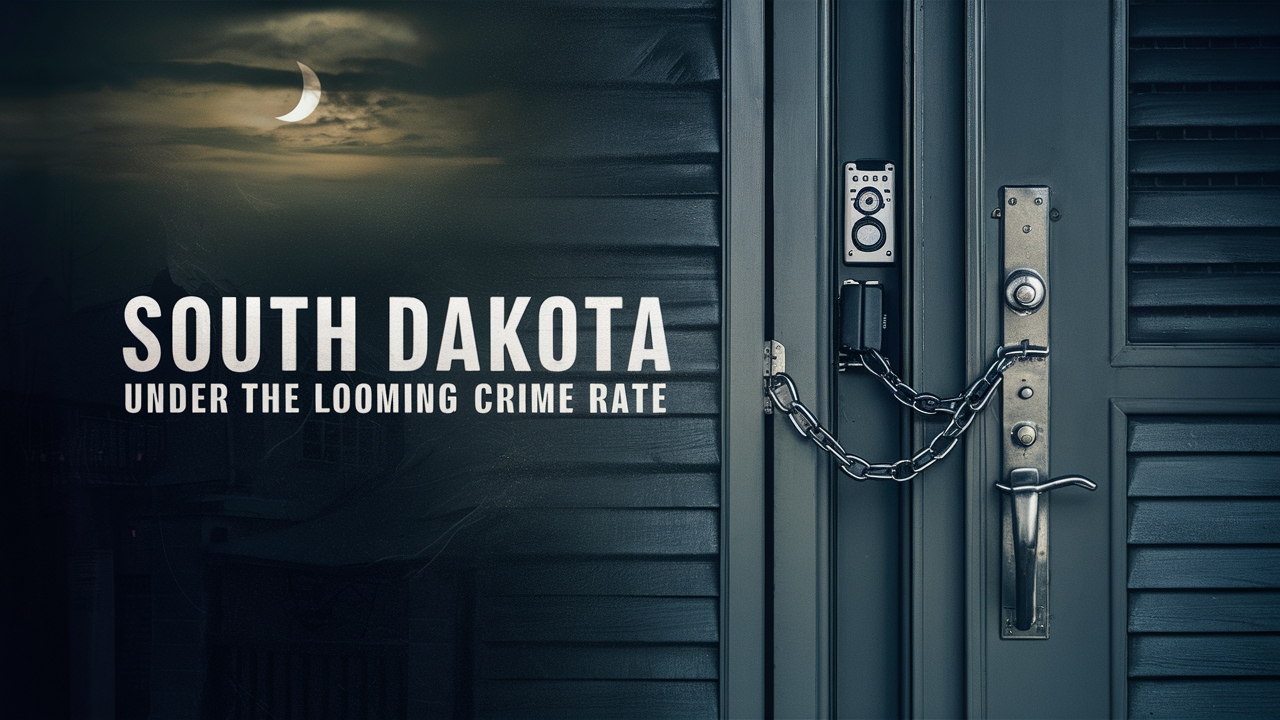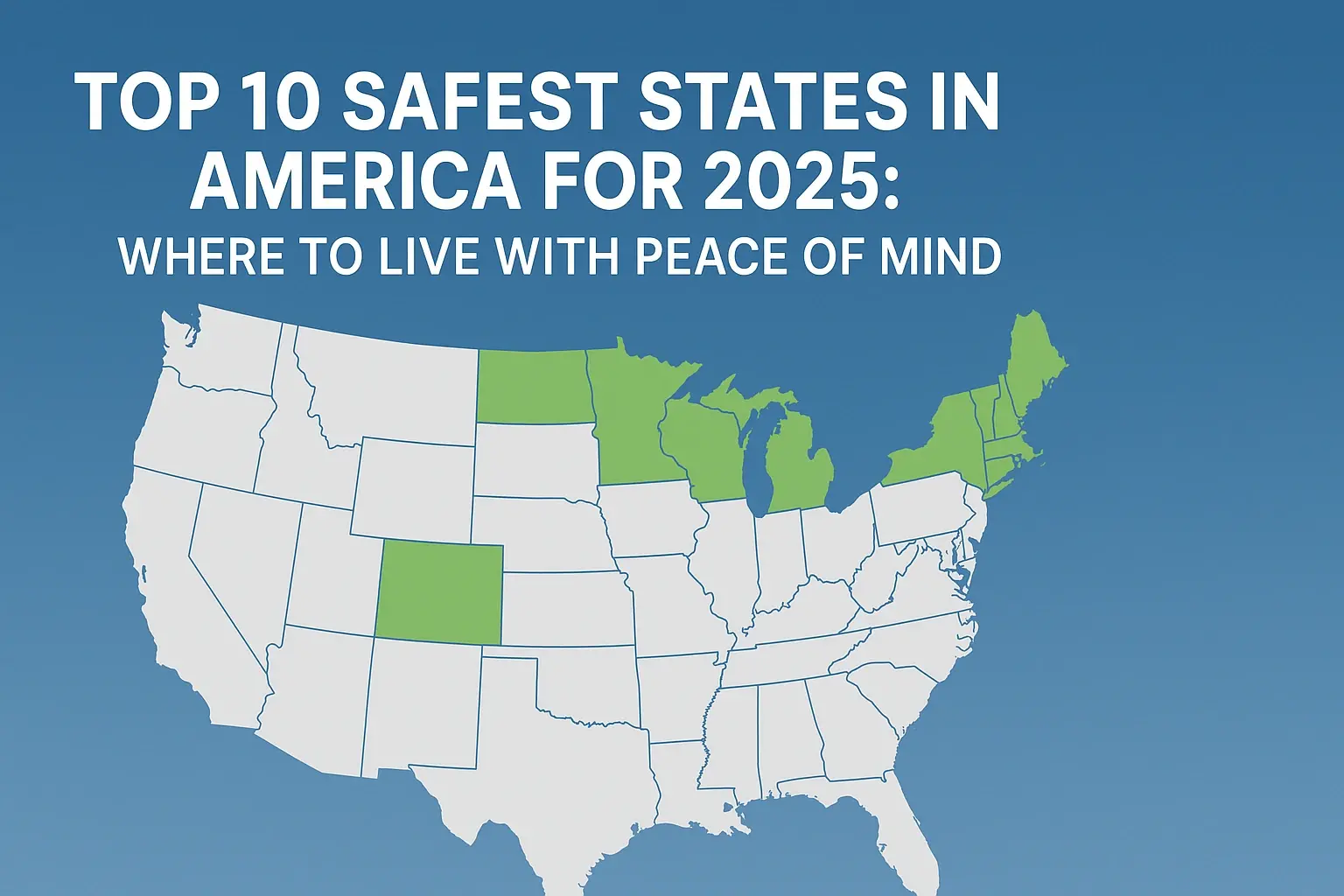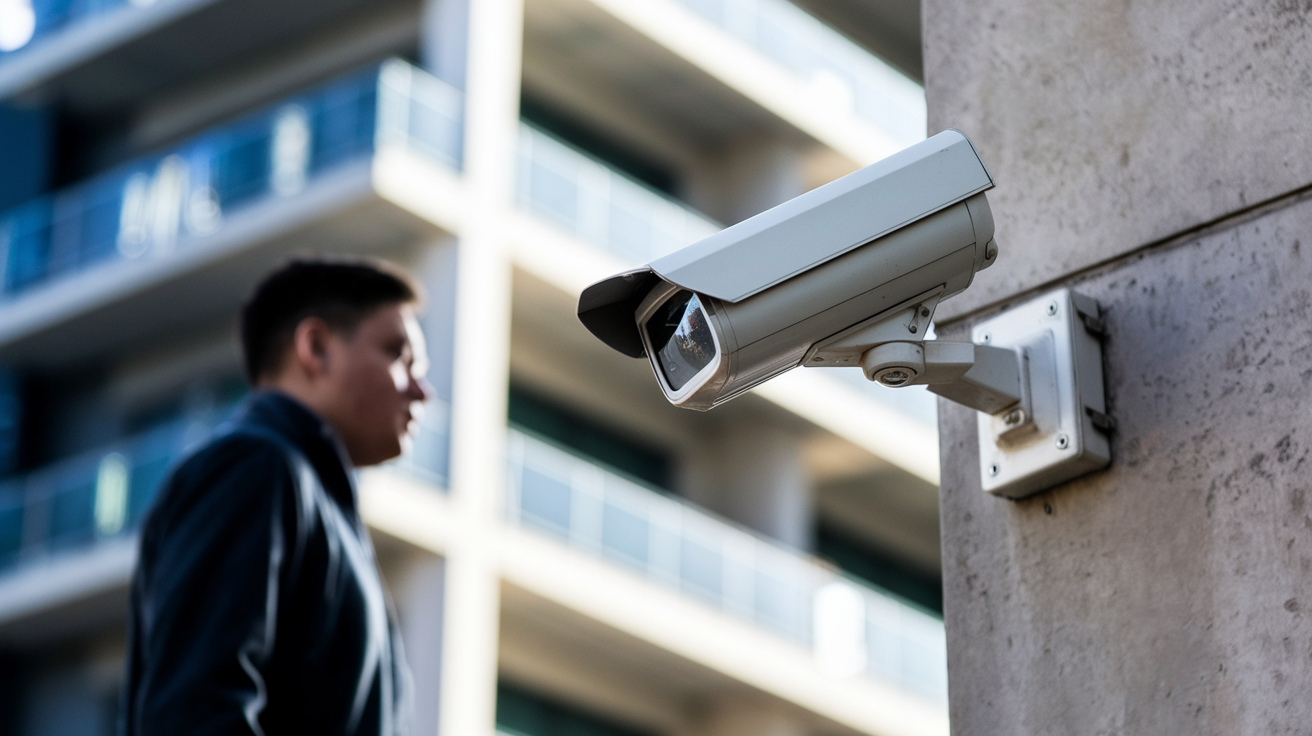Renowned for its famous sites like Mount Rushmore and the picturesque Black Hills, South Dakota has a combination of small-town appeal, natural beauty, and cultural legacy. Like any other location, it does, however, also suffer from crime issues. Residents, prospective movers, and guests all depend on knowing the crime statistics in South Dakota. The crime statistics, trends, and elements affecting crime in the state are examined in great detail on this page.
Overview of Crime in South Dakota
With a population of just over 880,000, South Dakota is among the least densely inhabited states in the union. Although its crime rate is somewhat low when compared to national norms, there have been some interesting trends and patterns that need notice.
Crime Statistics
South DakotaCrime scene in South Dakotosediment is mixed, according to the most recent data released by the Federal Bureau of Investigation (FBI) Uniform Crime Reporting (UCR).
Violent Crime: The state's violent crime is lower than the national level. With a total of approximately 3.5 events per every thousand people, the state was in keeping with a national average of four.
Property Crime: Stepping once again further away from the national average we find South Dakota also ranks on its property crime numbers. That was 4 occurrences lower than the national average of 20. Larceny theft, arson, motor vehicle theft, and burglary are all considered Property crimes.
Decreasing Property Crime
The slow declining rates of property crime are one encouraging development. This drop has resulted from law enforcement efforts, community projects, and security technological developments as well as from laws' enactment. Communities watch programs have proliferated and residents have become more alert.
Concerns Over Drug-Related Crimes
Conversely, there has been an increase in drug-related crimes, especially those using methamphetamine. Drug seizures and arrests rising throughout the state point to an expanding issue. Increased drug-related activity has also led to secondary crimes like violence and theft.
Factors Influencing Crime Rates
South Dakota's crime rates are influenced by many factors. Knowing them will help one to see the fundamental reasons and possible remedies.
Economic Factors
Crime rates are largely influenced by economic situations. Higher crime rates usually follow from areas with greater rates of poverty and unemployment. With its quite low unemployment rate, South Dakota does well in this regard; nonetheless, certain areas still suffer economically, which fuels localized crime increases.
Substance Abuse
One major element influencing crime rates is substance misuse. Methamphetamine usage has increased in line with different criminal activity. The state has started many initiatives to fight drug misuse, including tighter drug law enforcement and more financing for rehabilitation.
Rural vs. Urban Divide
Crime rates in South Dakota can vary greatly depending on rural and urban settings. Compared to rural areas, urban hubs like Sioux Falls and Rapid City have greater crime rates. The concentration of people and economic activity in metropolitan regions, which might provide greater chances for crime, typically explains this difference.
Law Enforcement Strategies
Using proactive police tactics like community policing, more patrols, and technological crime prevention, law enforcement departments in South Dakota have The state has also funded training courses for police to manage newly developing crime trends like drug-related crimes and cybercrime.
Community Programs
Prevention of crime depends much on community participation. South Dakota has several community-based initiatives targeted at lower crime rates. These include community watch projects, young involvement programs, and law enforcement-community group alliances. These initiatives help to build shared responsibility for safety and community.
Judicial Reforms
South Dakota has similarly given judicial reforms a top priority. For non-violent criminals, the state has tried to enhance its criminal justice system by favoring rehabilitation over jail. This strategy seeks to lower recidivism rates and assist in societal reintegration for each person.
Crime Prevention Tips for Residents
Several actions may be taken by South Dakota people to improve both community and personal safety:
Stay Informed: Remain alert by keeping current with local crime news and trends.
Home Security: Investing in home security systems, securing windows and doors, and using outside lights helps discourage intruders.
Community Involvement: Engaging in community meetings and neighborhood watch programs helps to create safer surroundings.
Safe Practices: Avoiding dangerous locations, particularly at night, and being aware of one's surroundings might help one lower their chance of being a victim of crime.
Conclusion
With a lower crime rate than national norms, South Dakota is a very safe state. Still, several neighborhoods are impacted by issues like economic inequalities and drug-related criminality. Understanding the elements driving crime and supporting community and law enforcement projects helps citizens help to create a safer and more secure South Dakota. Maintaining the state's image as a friendly and safe place to live, work, and visit will depend on constant attempts to solve and reduce crime as it develops.






